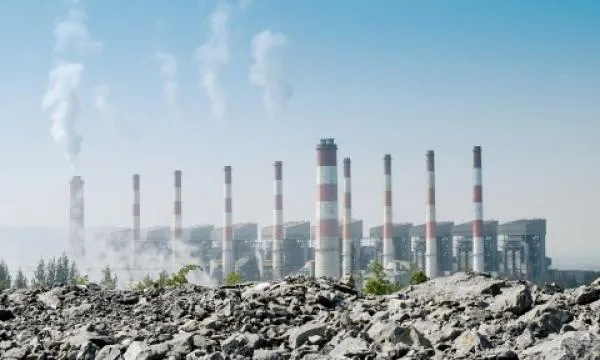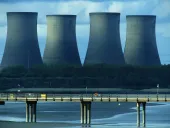
South Korea will introduce limits on coal-fired power plants operations
Plants will have to cut CO2 emissions by 40% by 2022 and 58% by 2030.
The South Korean government plans to adopt new regulations on ageing coal-fired and oil-fired power plants to reduce fine dust emissions and air pollution. Approximately 42 power plants are concerned out of the 68 coal-fired and oil-fired facilities currently in operation throughout the country.
Local authorities (governors and mayors) will be allowed to determine the upper limits of the facilities' operational life, starting from the second half of 2018. The government plans to scale back by 80% the operations in these units when fine dust warnings are issued in order to reduce fine dust emissions by 43% during the next season.
Coal-fired power plants currently operating in the country will have to cut CO2 emissions by 40% by 2022 and 58% by 2030 to meet the domestic emissions reduction target. The government won't issue new licenses for coal-fired power projects and will incite power producers to convert their coal-fired projects to LNG-fired ones.
This article was originally published by Enerdata.



















 Advertise
Advertise







